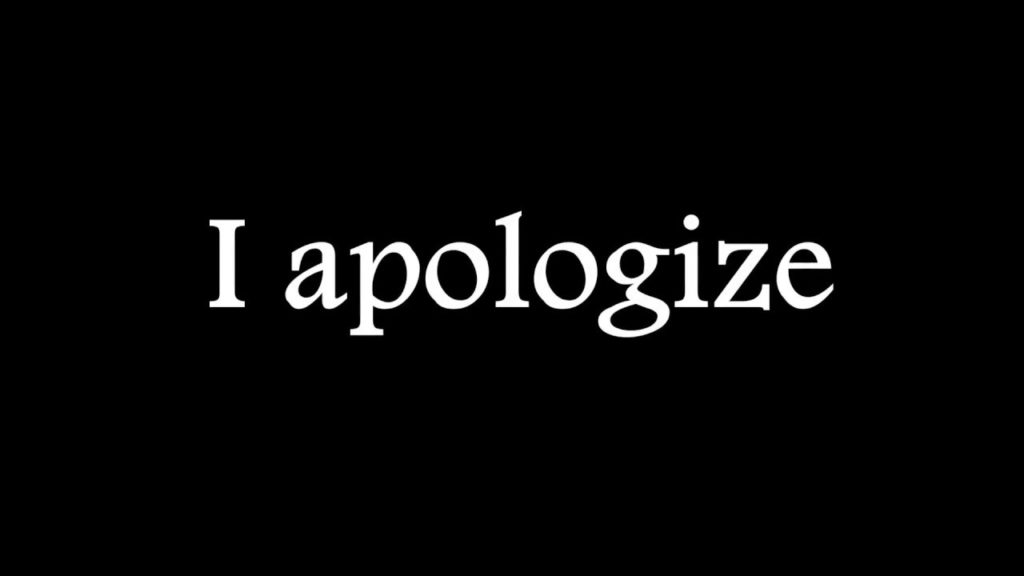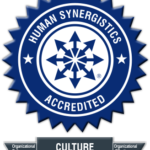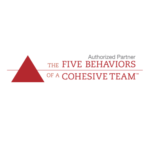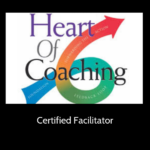Authentic leaders know that to fail is merely a situation where their teams have the ability to choose to create value, growth and opportunity. Leaders also know that in order to sustain customer loyalty is merely the ability to avoid the pitfalls of failure and minimize service failures. Most importantly, leaders truly understand this is a daunting tasks and requires skilled customer service teams to maintain and improve customer loyalty that ultimately feeds company growth, expansion and profitability.
What leaders dread is the costs associated with failure, especially when teams neglect to properly and professionally attend to mitigating the service failure, developing strategy, and implementing fixes and solutions to impact successful service recovery.
It is in the culture of the organization – the art of dealing with the angriest and dissatisfied customers when something goes wrong – where skilled and resilient employees artfully utilize cognitive language skills to honor the courage of the customer and offer help to effectively remove emotions and ego out of the conversation equation to resolve the failure and move the company into the vital service recovery process getting the company back on trajectory for success.
Based on the study conducted by Corporate Visions and Warwick Business School, an emotionless and just-the-facts “Service Recovery Paradox” was identified for delivery quality customer service to increase customer loyalty over time. The service recovery paradox is a situation where “a customer thinks more highly of a company after it has corrected a problem with their service, compared to how he or she would regard the company if no service failure had happened.” The five step “Winning Apology Framework” outperforms other communication techniques when dealing with service failures:
- Offer of Repair – Simply honor the customer’s courage to share the failure by saying “THANK YOU” and “We Look Forward To Helping.”
- Acknowledge Responsibility – It is important NOT TO TAKE ANYTHING PERSONAL, and to offer a sincere statement of APOLOGY (Not – “I am sorry”)
- Declaration of Repentance – review of situation and commitment to right the wrong. Communicating the steps to resolution begins with the commitment to take action, being professional and resourceful, and following up to communicate status of resolution.
- Explanation of Problem – restate and confirm the failure.
- Expression of Regret – politely expressing regret and apology of the situation and, again, committing to help resolve the problem to satisfaction of company and customer.
Note: To truly increase customer loyalty, or relationships in general, it is critical to understand the difference between an APOLOGY and saying I AM SORRY.
- I apologize – is a regretful acknowledgement of a failure. (Noun and Verb)
- I am sorry – is just a feeling of sorrow or regret. (Adjective)
Why take a chance on loosing a customer and costing the company financial resources – authentic leaders create a culture of courage, humility and discipline – free of shame and blame, and full of continuous learning, value creation, growth, and employee engagement and empowerment.
Harris Whitesell Consulting is passionate about activating organizations, developing & coaching global leaders, building world class talent & organizational culture, identifying and nurturing key talent, optimizing teams, assuring meaningful career growth for employees, leading change, partnering with senior leadership, strengthening organizational effectiveness, enhancing marketing and sales strategies — and ultimately maximizing performance, employee engagement, customer loyalty, business results and stakeholder return.
Maximizing Leadership Effectiveness and Business Success!
































